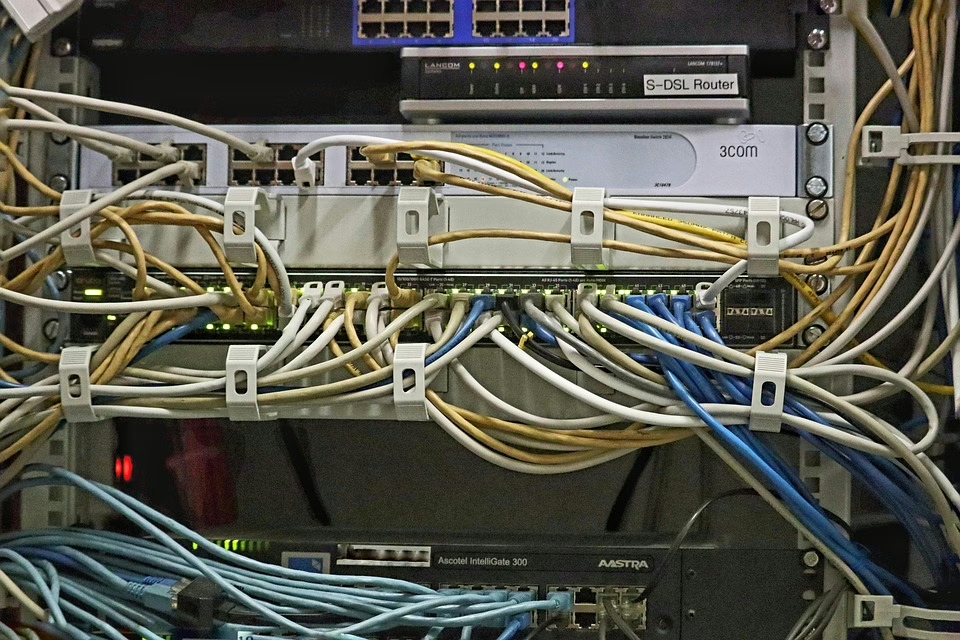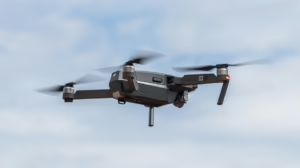From Gadgets to Gizmos: Understanding Tech Through Its Synonyms
In today’s tech-savvy world, terminology surrounding technology can sometimes feel overwhelming. Words like “gadget,” “gizmo,” “device,” and “appliance” populate our conversations, often used interchangeably, yet they carry subtle distinctions that can enhance our understanding of their meanings. This article aims to explore the nuances between these synonyms, fostering a better comprehension of technology through language.
The Evolution of Tech Terminology
Before diving into the specific terms, it’s essential to understand the evolution of tech terminology. As technology has advanced, so has the language we use to describe it. From simple tools to complex electronic devices, each term reflects a specific aspect or characteristic, serving as a descriptor for how we interact with the technology in our lives.
Historical Context
Traditionally, the word “gadget” is thought to have originated in France in the 19th century, referring to various small tools associated with a craftsman’s trade. Over time, it evolved into the informal word we recognize today—a term often used to describe novel or small technological devices.
“Gizmo” similarly emerged as a familiar colloquialism in the 20th century. While its origins are somewhat obscure, it denotes a device or object, especially one whose name is unknown or temporarily forgotten. The playful nature of the term embodies a more informal understanding of technology.
The Rise of Synonyms in Tech
The explosion of the technology sector has led to an expansive vocabulary. Each synonym—gadget, gizmo, device, appliance, contraption—serves specific contexts and contributes unique connotations. Let’s dissect some of the most common terms more critically.
Gadgets: The Versatile Companion
The term “gadget” encompasses a wide range of objects. While initially referring to mechanical devices, it has expanded to include electronics and software tools. A gadget can be anything from a smartwatch to a smartphone, emphasizing novelty and practicality.
Characteristics of Gadgets
- Portability: Gadgets are typically designed to be portable, allowing users to carry them conveniently.
- Functionality: They often serve a specific function, making tasks easier or more efficient (e.g., fitness trackers).
- Innovation: Gadgets usually embody a degree of innovation or unique features that distinguish them from ordinary tools.
Popular Gadgets Today
- Smartphones: Multi-functional devices central to modern life.
- Wearable Technology: Includes fitness trackers and smartwatches, which blend health monitoring with convenience.
- Smart Home Devices: Such as voice assistants and smart bulbs, showcasing integration with lifestyle.
Gizmos: The Playful Technological Intricacies
While “gadget” signifies utility, “gizmo” often suggests a sense of whimsy or novelty. A gizmo may not prioritize practicality as much as it does innovation for fun. It’s the quirky invention that piques curiosity.
Characteristics of Gizmos
- Curiosity: Gizmos often invoke intrigue or amusement, often sparking conversations.
- Novelty: They vary in function, from perplexing devices to fun toys, showcasing creativity.
- Functionality Variance: Some gizmos may not have a clear or essential function, leaning more into entertainment than practicality.
Popular Gizmos in the Market
- 3D Printers: Enabling personal creativity but often considered specialized and niche.
- Fidget Devices: Created for stress relief, they exemplify the playful side of technology.
- Fun Kitchen Gadgets: Items like avocado slicers that add fun to meal preparation.
Devices: The Broad Umbrella
“Device” acts as an umbrella term encompassing gadgets and gizmos alike. It generally refers to any electronic or mechanical item designed for a specific function. The term lacks the playful connotation of “gizmo” and focuses more on functionality and application.
Characteristics of Devices
- Broad Application: Devices cover a wide range, from essential household appliances to intricate machinery.
- Purpose-Driven: They are generally created with clear intentions, serving specific user needs.
- User Interface: Many devices come with interfaces that facilitate user interaction, from touchscreens to manual controls.
Common Types of Devices
- Computers and Laptops: Integral for both personal and professional environments.
- Home Appliances: Such as refrigerators and microwaves that simplify everyday tasks.
- Industrial Machines: Employed in manufacturing or construction for efficiency.
Appliances: The Essential Home Companions
Diving deeper into domestic technology, “appliance” refers to devices specifically designed for household purposes. Keyword traits include utility and regular use in everyday life, distinguishing them from more casual gadgets.
Characteristics of Appliances
- Utility-Focused: Appliances are designed with clear functional requirements in mind.
- Durability: They are built to withstand regular use and typically last longer.
- Integration: Many appliances integrate with home settings, complementing the environment they are placed in.
Popular Home Appliances
- Refrigerators: Essential for food preservation.
- Washing Machines: Transform laundry into an easier task.
- Ovens and Stoves: Central to home cooking and meal preparation.
Contraptions: The Eccentric Elements
Unlike the previous categories, “contraption” usually carries a sense of humor or eccentricity. It refers to a device that is often overly complicated or lacking in design sophistication.
Characteristics of Contraptions
- Unconventionality: Often considered quirky or odd, they may not work as efficiently as their simpler counterparts.
- Creations of Necessity: Commonly arise from a creatively improvised solution to a particular problem.
- Humorous Aspect: Contraptions often elicit laughter or curiosity due to their unexpected design or function.
Examples of Contraptions
- Rube Goldberg Machines: Devices that accomplish simple tasks in overly complicated ways.
- Funky Kitchen Tools: Unique objects that aim to simplify cooking but often add complexity instead.
The Intersection of Technology and Language
Understanding these terms allows for clearer communication when discussing technology. The nuances of each term reflect their roles and significance in our daily lives, shedding light on our relationship with technology.
Cultural Perspectives
Different cultures may emphasize various aspects of technology, and this is often reflected in their language. For example, some cultures may celebrate practicality, leading to a greater appreciation for “devices,” while others might highlight innovation, skewing more toward “gizmos.”
Language Evolution
As technology continues to progress, so too does our language. New terms emerge to describe new inventions, while older ones may fade. Concepts like artificial intelligence and automation have given rise to entirely new vocabulary, illustrating the dynamic nature of tech-related language.
The Effects of Synonymous Terms on User Perception
The choice of words can significantly impact user perceptions of technology. For instance, referring to a new kitchen tool as a “gadget” may suggest that it is trendy and essential, while calling it a “contraption” could imply doubt about its practicality. This underscores the importance of word choice in tech marketing and user communication.
Marketing Implications
- Target Audience: The language used can attract specific demographics; playful terms for younger audiences versus more technical language for professionals.
- Brand Positioning: Companies can position themselves based on how they describe their products—a “gizmo” may lean towards quirky branding, while a “device” suggests precision and reliability.
User Experience
- Expectations: The term used also sets user expectations. “Gadget” may imply an innovative friendship with technology, while “appliance” denotes a steady utility.
- Engagement: Terminology influences engagement; more playful language may create excitement around a product, while technical terms may promote informed decisions.
Conclusion
Understanding the distinctions between terms like gadgets, gizmos, devices, appliances, and contraptions illuminates the way we interact with technology. Each term carries its own connotation, shapes user perceptions, and influences their relationship with technology. By diving into the synonyms, we enrich not only our vocabulary but also our understanding of the ever-evolving tech landscape.
As technology continues to transform our lives, so will the language that describes it. Embracing this linguistic diversity allows us to navigate our tech-centric world with clarity and curiosity. As we move forward, let’s remain vigilant about how we use these terms, appreciating the complexity they encapsulate while enjoying the whimsical side of innovation.


























Add Comment